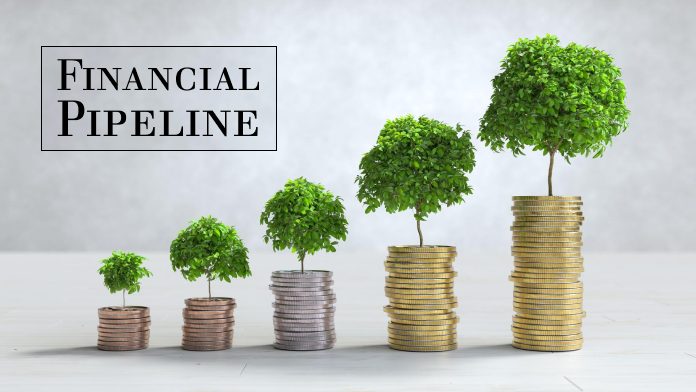Sustainable Companies 101: How Investors Quantify Their Impact

Quantifying company impact is assessing the environmental, social, and governance factors that go into an investment, the company behaviors that influence it, and all the other outcomes. Using estimations that gauge the influence of company behavior on humanity, mathematical representations are used to assign a dollar amount that is ultimately determined for each company.
Attributing a single dollar amount that reflects the aggregate worth of a business is done using measurable assessments carried out by seasoned investment firms.
The aggregate worth depends on the total impact, that is, the effect on humanity, including all involved (investors, employees, consumers, etc.). While the resulting dollar amounts are not precise reflections, they provide an educated estimation that gives the investor a way to quantify and objectively interpret the total impact of the company they’re reviewing. Investors new to quantification should seek guidance from trusted investment firms to ensure the accuracy of their metric conclusions.
Quantification assesses how company behavior affects key stakeholders, society, the economy, and the world, in a mathematical way. The companies that can contribute the most benefit and the least harm are placed higher on investment portfolios, as their single dollar value reflects the order of priority that investors center their investment decisions around.
Read on for more information on how investors quantify the total impact of sustainable companies they’re interested in investing in.
Review ESG Factors To Quantify Total Impact
Working with trusted investment firms will set you on the right path to learning how to use quantification to find the total impact of sustainable companies on humanity. Economically, the analysis looks at the degree to which the stakeholders and investors benefit from company sales and related actions that contribute to a profit for investors and the company. The contributions of sustainable companies are factored into the assessment to quantify whether the positive contributions outweigh the negative ones.
Factors Reviewed To Assess Sustainable Companies And Their Impacts
Some of the social factors considered for review include employee treatment and customer service quality. Environmental factors are the ethical choices made to improve operations while addressing issues like air pollution and greenhouse gases. With the help of a seasoned firm, investors can quantify these factors and break down company influence into a single dollar amount that informs them of where to place companies in their portfolios and when to reject a company entirely.
Taking Into Account Additional Positive Contributions
In addition to the common ESG factors that are reviewed to quantify company impact, investors also investigate the general actions that sustainable companies take to promote positive contributions to the world.
For example, companies that are showing kindness to humanity by generating access to healthcare, water, food, or free services, are often the sustainable companies to seriously consider, as these efforts may reflect the other actions the company is taking to contribute more benefit than a detriment to the greater society.
While these efforts indicate a high level of sustainability, you still need to conduct an in-depth review and quantification analysis to know if these behaviors reflect the whole of the company’s actions.
Do These Companies Treat People Well?
Another consideration to make in a broader sense is whether the companies you’re reviewing treat people well, including those indirectly affected by company decisions. The general definition of an ethical company is one that treats people well. Take a close look at the social components of company behavior and ask yourself if research findings add up to the consensus that people feel they are treated well by the company.
Go as far out as possible in the scope of sustainable companies, and get an accurate picture of how people are treated. Remember, you not only want to consider employee treatment but partnerships, affiliates, and consumers. The manufacturing teams, delivery and shipment departments, etc., all play a role and are all influenced by how the company treats them directly and indirectly.
Determine The Company’s Total Influence On Humankind
Ethical investors determine how sustainable companies are by reviewing how critical factors are influenced. In a nutshell, to quantify company impact, integrate a measurable assessment of ESG factors and consider where you feel the company falls in terms of contributing more positives or negatives to humankind.
Read Also:













